Near-Earth Asteroid 99942 Apophis will be visible on Sunday. Some say it could ultimately destroy satellites and spaceships. The creators of the Unistellar eVscope telescope are trying to marshal our defense.


Near-Earth Asteroid 99942 Apophis will be visible on Sunday. Some say it could ultimately destroy satellites and spaceships. The creators of the Unistellar eVscope telescope are trying to marshal our defense.

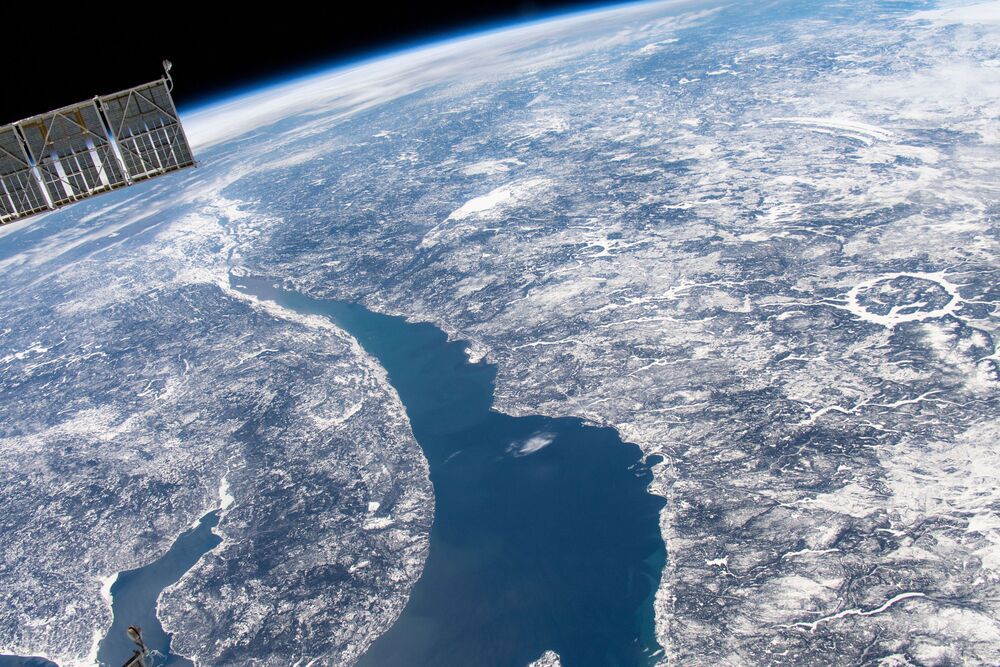
Each day this week, we will be providing updates on a fictional impact scenario playing out at the International Planetary Science Conference in College Park, Maryland. This scenario is designed to help key decision makers practice for a real asteroid impact. Currently, there is no known asteroid with a significant probability of impacting Earth in the next century. Day 5: What Was This Exercise All About? This week at the 2019 Planetary Defense Conference, conference participants were tasked with responding to a hypothetical asteroid impact scenario in which they have eight years to stop an asteroid on a collision course with Earth. Every day, the audience heard updates — at one point, they weren’t sure whether the 140–260-meter-wide (500−850 feet) asteroid was actually going to hit Earth. Once they found out it was on a certain collision, NASA and space agencies around the world decided to send a fleet of kinetic impactors to deflect the asteroid. The kinetic impactors hit the asteroid…but ended up splitting off a chunk, which, on Day 4 (four years from impact), again was headed towards Earth.
While headlines routinely report on “close shaves” and “near-misses” when near-Earth objects (NEOs) such as asteroids or comets pass relatively close to Earth, the real work of preparing for the possibility of a NEO impact with Earth goes on mostly out of the public eye.
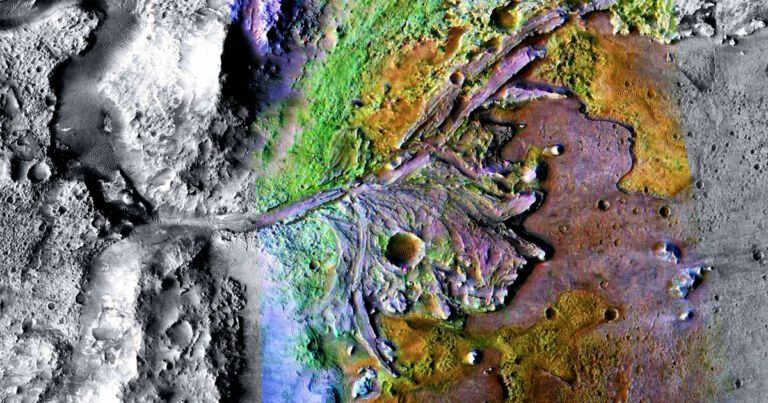
A new study is flipping the script on the effects of massive meteor impacts. While an ancient impact is commonly to the extinction event that killed the dinosaurs, scientists are now starting to suspect that an earlier impact could have jumpstarted life on Earth in the first place.
Scientists have long suggested that meteorites carried the ingredients necessary for life to Earth, but new research suggests that meteor impacts also created the ideal conditions for life to emerge as well, The Weather Network reports. Because of that, the scientists suggest that space agencies ought to pay special attention to similar craters when hunting for life on the Moon, Mars, or beyond.

DART is a planetary defense-driven test of technologies for preventing an impact of Earth by a hazardous asteroid. DART will be the first demonstration of the kinetic impactor technique to change the motion of an asteroid in space. The DART mission is in Phase C, led by APL and managed under NASA’s Solar System Exploration Program at Marshall Space Flight Center for NASA’s Planetary Defense Coordination Office and the Science Mission Directorate’s Planetary Science Division at NASA Headquarters in Washington, DC.
NASA brings you images, videos and features from the unique perspective of America’s space agency. Get updates on missions, watch NASA TV, read blogs, view the latest discoveries, and more.
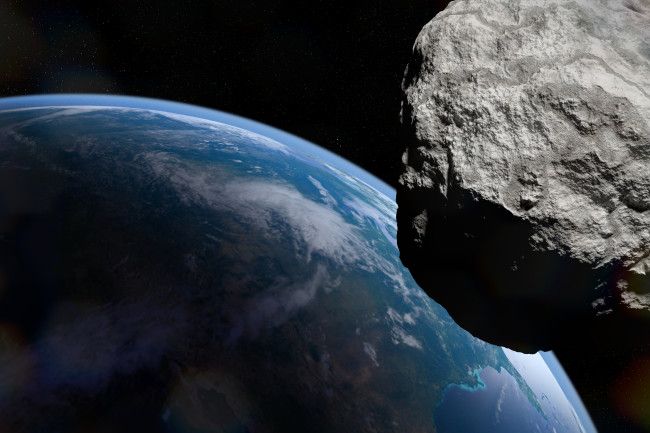
So we’ve had close calls before, huh?
In the early morning of June 30, 1908, a massive explosion flattened entire forests in a remote region of Eastern Siberia along the Tunguska River. Curiously, the explosion left no crater, creating a mystery that has puzzled scientists ever since — what could have caused such a huge blast without leaving any remnants of itself?
Now Daniil Khrennikov at the Siberian Federal University in Russia and colleagues have published a new model of the incident that may finally resolve the mystery. Khrennikov and co say the explosion was caused by an asteroid that grazed the Earth, entering the atmosphere at a shallow angle and then passing out again into space.
“We argue that the Tunguska event was caused by an iron asteroid body, which passed through the Earth’s atmosphere and continued to the near-solar orbit,” they say. If they are correct, the theory suggests Earth escaped an even larger disaster by a hair’s breadth.
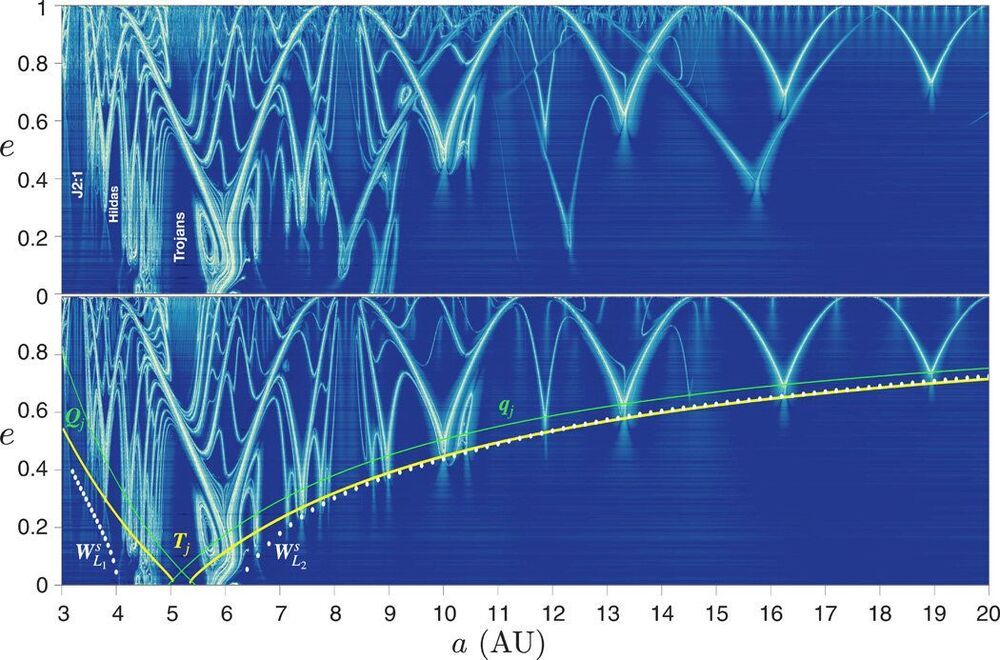
Space manifolds form the boundaries of dynamic channels to provide fast transport to the innermost and outermost reaches of the solar system. Such features are an important element in spacecraft navigation and mission design, providing a window to the apparently erratic nature of comets and their trajectories. In a new report now published on Science Advances, Nataša Todorović and a team of researchers in Serbia and the U.S. revealed a notable and unexpected ornamental structure of manifolds in the solar system. This architecture was connected in a series of arches spreading from the asteroid belt to Uranus and beyond. The strongest manifolds were found linked to Jupiter with profound control on small bodies across a wide and previously unknown range of three-body energies. The orbits of these manifolds encountered Jupiter on rapid time-scales to transform into collisional or escaping trajectories to reach Neptune’s distance merely within a decade. In this way, much like a celestial highway, all planets generate similar manifolds across the solar system for fast transport throughout.
Navigating chaos in the solar system
In this work, Todorović et al. used fast Lyapunov indicator (FLI); a dynamic quantity used to detect chaos, to detect the presence and global structure of space manifolds. They captured the instabilities acting on orbital time scales with the sensitive and well-established numerical tool to define regions of fast transport in the solar system. Chaos in the solar system is inextricably linked to the stability or instability of manifolds forming intricate structures whose mutual interaction can enable chaotic transport. The general properties can be described relative to the planar, circular and restricted three-body problem (PCR3BP) approximating the motion of natural and artificial celestial bodies. While this concept is far from being fully understood, modern geometric insights have revolutionized spacecraft design trajectories and helped build new space-based astronomical observatories to transform our understanding of the cosmos.

“Herzog tells Inverse he’s less concerned than ever that a meteorite will destroy the Earth, but that doesn’t mean we shouldn’t still be worried about our own extinction. “It may be 100 million years to go until then,” Herzog says, before adding, “within the next thousand years, we may have done such stupid things that we are not around anymore to contemplate it.” The German filmmaker also explains what asteroids reveal about the universe, why he’s never watched Rick and Morty, even though it’s a “fiendishly intelligent show,” and lists the many things that could wipe out humanity before a meteorite ever arrives.”
The legendary director discusses his new film, ‘Fireball: Visitors From Darker Worlds,’ along with Star Wars, ‘Rick and Morty,’ and working with a co-director.
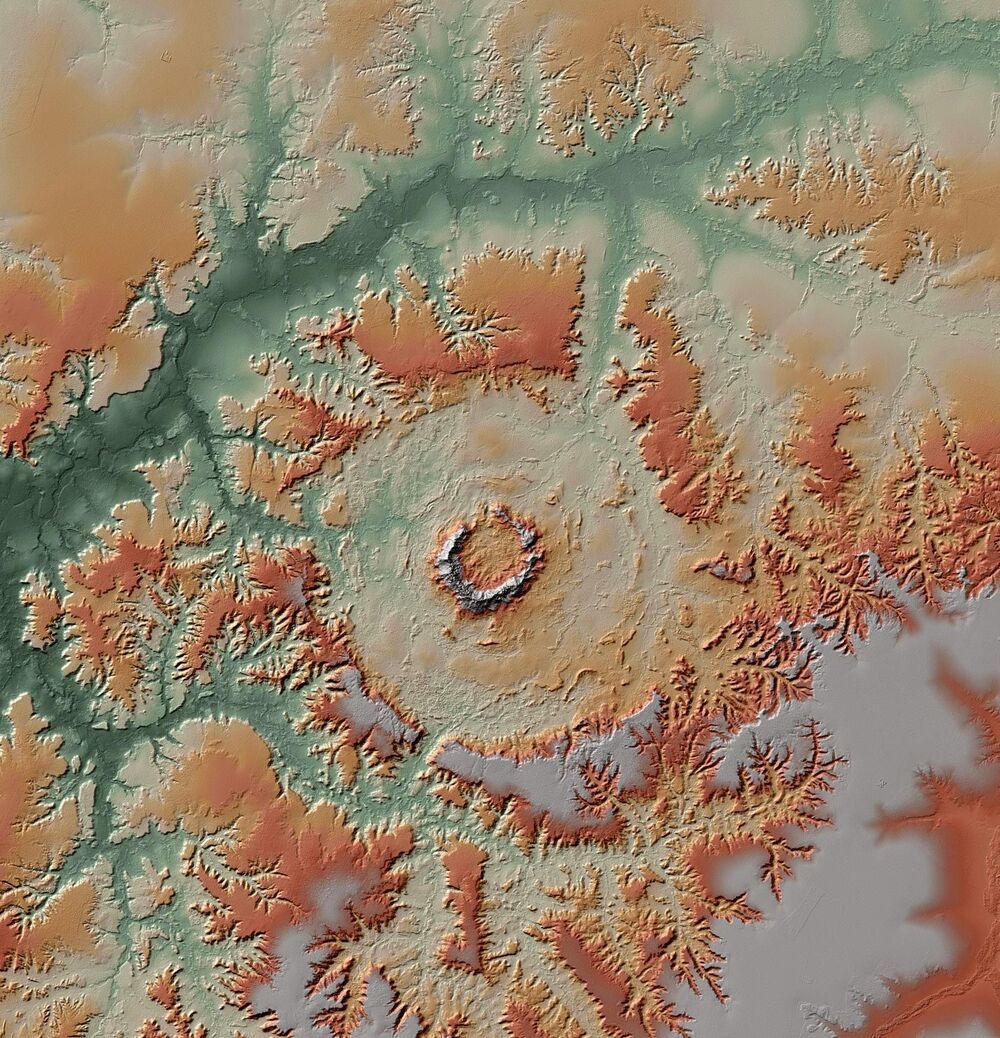
Prof. Dr. Thomas Kenkmann, geologist from the University of Freiburg’s Institute of Earth and Environmental Sciences, together with mineralogist Prof. Dr. Wolf Uwe Reimold from the University of Brasilia, Brazil, and Dr. Manfred Gottwald from the German Aerospace Center (DLR) published an atlas providing a comprehensive overview of all known impact craters on every continent. The authors present the more than 200 terrestrial impact sites in high-resolution topographic maps and satellite images, complete with detailed geological descriptions and photographs of the crater structures and their rocks. They also explain the essential details of each impact event.
The formation of craters by asteroid and comet impact has always been a fundamental process in the solar system, explains Kenkmann. As the planets developed along with their moons, these impacts played an important part in accreting planetary mass, shaping the surfaces of planetary bodies, and later also influencing their development. And larger meteorite impacts eventually affected the development of life on Earth.
Today, mapping of what can still be seen of the impact structures on the Earth’s surface can be done by satellites in low Earth orbit. From 2010 to 2016, the DLR successfully measured the Earth’s surface with the radar satellites of the TanDEM-X mission. The acquired data allowed, for the first time, to derive a worldwide terrain model with a height accuracy of up to one meter. From this global digital elevation model the authors have been able to produce this complete topographic atlas of 600 pages with information about all terrestrial impact craters known to date.
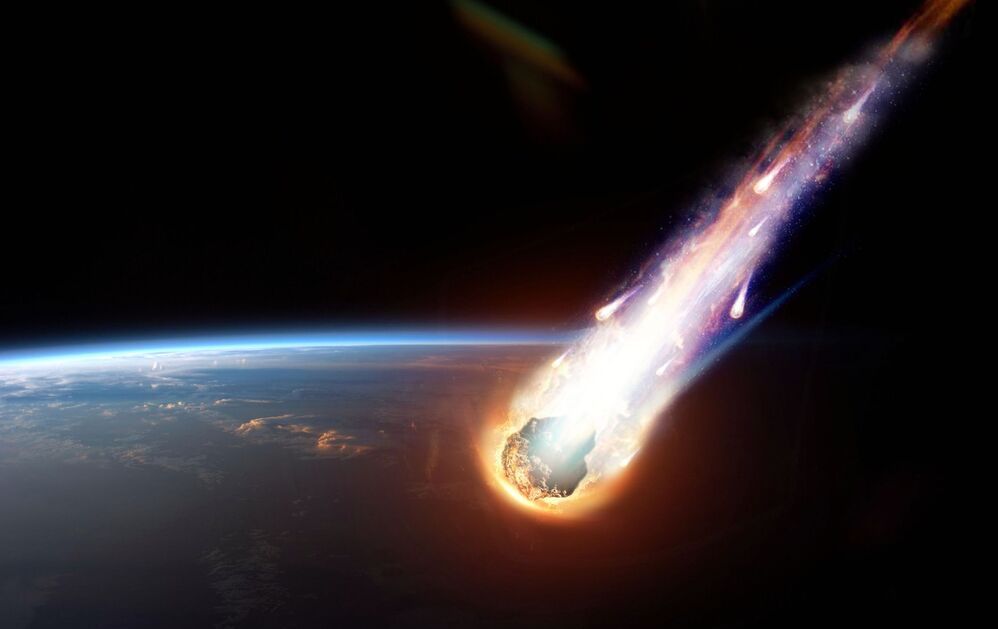
An asteroid that could be almost 600 feet wide is set to fly by Earth on Saturday, passing us at a speed of more than 29,000 miles per hour.
The asteroid, named 2020 TY1, was first discovered in October. It is expected to pass at a distance of around 3.5 million miles, which is about 14 times the distance between Earth and the moon, meaning it poses no risk to our planet.
It is one of the largest asteroids to pass Earth in recent weeks, with the last of a similar size passing by on October 22. The space rock is estimated to be between 260 and 590 feet wide, making it around the size of the Great Pyramid of Giza, which is 455 feet tall.